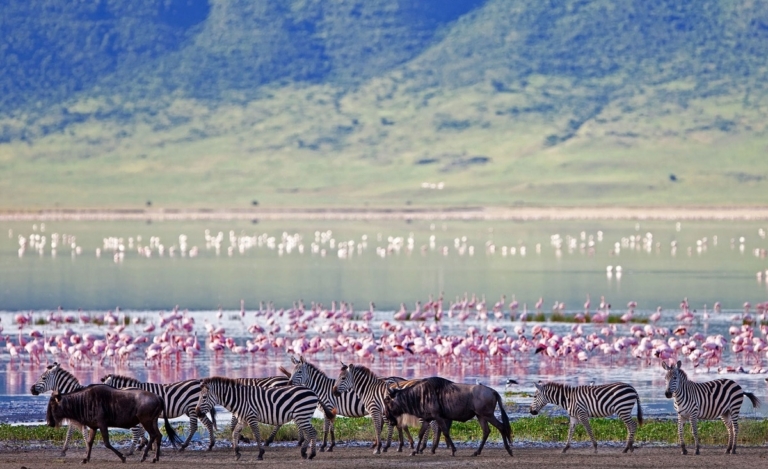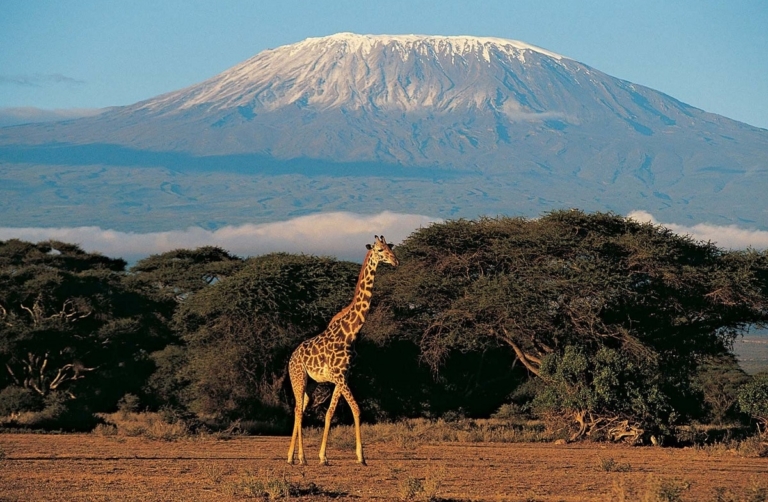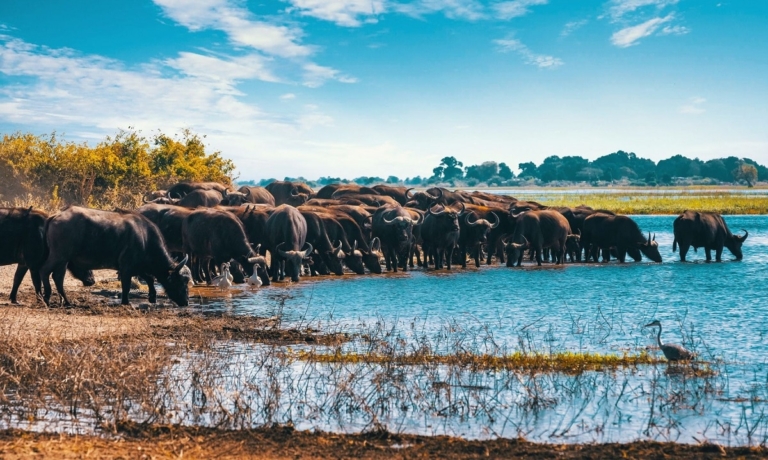Tanzania
Top Destinations Tanzania
Tanzania, officially the United Republic of Tanzania, is a vibrant East African nation renowned for its stunning landscapes and rich cultural heritage. Geographically, it shares borders with eight countries: Uganda to the northwest, Kenya to the northeast, Mozambique and Malawi to the south, Zambia to the southwest, and Rwanda, Burundi, and the Democratic Republic of the Congo to the west. The Indian Ocean forms its eastern boundary, while Mount Kilimanjaro, Africa’s highest peak, stands proudly in the northeast.
With a population of nearly 62 million as of the 2022 national census, Tanzania is the most populous country entirely south of the equator. Swahili and English are its official languages, though the nation boasts a linguistic mosaic with over 100 languages spoken across its regions. Tanzania’s history is equally fascinating, marked by its transition from German and British colonial rule to independence. Tanganyika and Zanzibar united in 1964 to form the modern Republic of Tanzania.
Economically, Tanzania thrives on agriculture, mining, and tourism, with iconic destinations like Serengeti National Park and the Ngorongoro Conservation Area attracting visitors worldwide. These areas, including the famous Ngorongoro Crater, showcase Tanzania’s unparalleled wildlife. For an enriching experience, explore Arusha for its natural beauty and Tanzanite gemstones, or embark on a safari to immerse yourself in the country’s untamed wilderness.
Best time to travel to TANZANIA
The best time to visit Tanzania for a safari is during the dry season, which typically runs from late June to October. During this period, the weather is sunny and mostly dry, making it ideal for wildlife-watching. Here are some key points:
June to September: This is Tanzania’s cooler, dry, high season. It’s an excellent time for wildlife-watching, as animals concentrate around water sources. The wildebeest migration also occurs during this period, heading northwards toward Kenya’s Masai Mara. However, expect peak prices and larger crowds.
October to February: This is the shoulder season, with fewer crowds. Parks like Tarangire are great for wildlife viewing. Jacarandas bloom, creating a beautiful purple canopy in certain regions.
Remember that booking in advance is essential for safaris, Kilimanjaro treks, and island getaways. Enjoy your Tanzanian adventure! 🌍🦓🌿
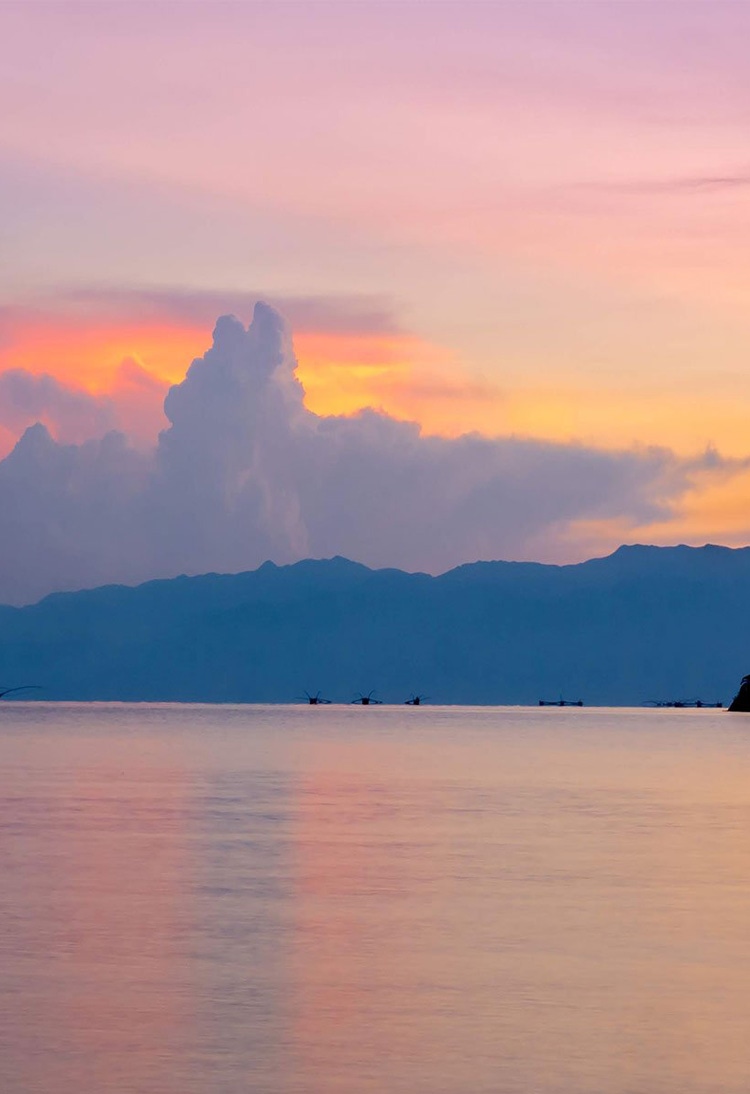
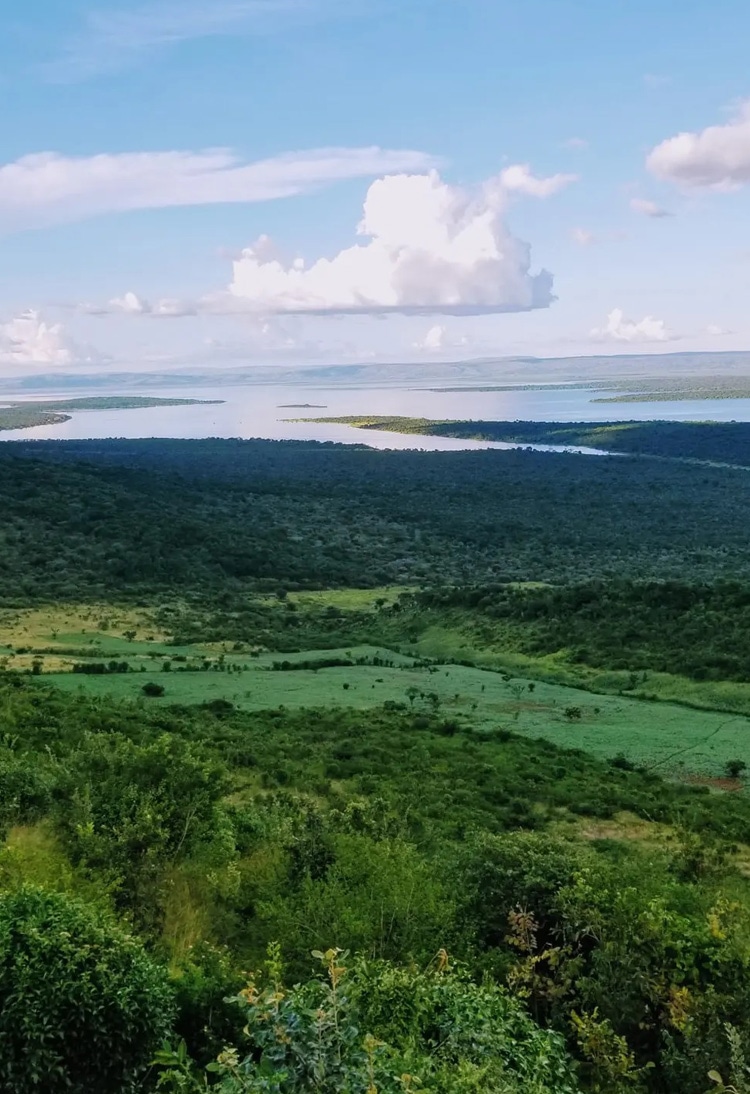
How Is The Tanzania Climate?
Tanzania’s climate varies significantly across its diverse regions, offering unique weather patterns that reflect the country’s geographical diversity. Along the coastal areas, such as Dar es Salaam, the climate is hot and humid year-round. This region experiences two distinct rainy seasons: the short rains (vuli) from October to December and the long rains (masika) from March to May, with the heaviest rainfall typically in April. January and February are the hottest months, with daytime temperatures averaging 32–33°C (90–91°F) and peaks reaching up to 35–36°C (95–97°F).
In the central plateau regions, including Dodoma, Kilimanjaro, and the Serengeti, the climate is cooler and more arid. The coolest and driest period occurs between June and August, known locally as kipupwe. Temperatures here are generally milder compared to the southern regions, making it a favorable time for exploration.
Other low-lying areas, such as the western and southern parks, are hot but less humid than the coastal regions. These areas experience a single rainy season, which varies slightly depending on the location. In the south and southeast, the rains occur from December to April, while the western regions receive rainfall from November to April.
To make the most of your trip, consider the weather patterns of the region you plan to visit and pack accordingly. For the latest and most detailed weather updates, refer to local sources or guides.
Tanzania Entry Requirements
If you’re planning a trip to Tanzania, here’s what you need to know about passports and visas:
Visa Types:
Online Visa (eVisa): You can apply for an eVisa online to visit both Tanzania Mainland and Zanzibar. Fill out the online form, make the payment, and submit your application1.
Visa on Arrival: Alternatively, you can get a visa upon arrival at Tanzanian entry points.
Required Documents:
Valid passport (with at least six months’ validity from the entry date).
Completed application form.
Proof of travel (such as flight tickets).
Visa fee payment.
Special Considerations:
Yellow Fever Vaccination: Some travelers may need to show proof of yellow fever vaccination.
Multiple-Entry Visas: If you plan to leave and re-enter Tanzania during your trip, consider applying for a multiple-entry visa.
Remember to check with your local Tanzanian embassy or consulate for any additional requirements or updates. Safe travels!
Kindly download our
How we work & packages guide
We take pride in being among the best and most ethically-responsible tour operators/ travel agents in East Africa. We believe it is essential to connect as many elements that make a memorable safari adventure to our clients as possible to support that vision.

